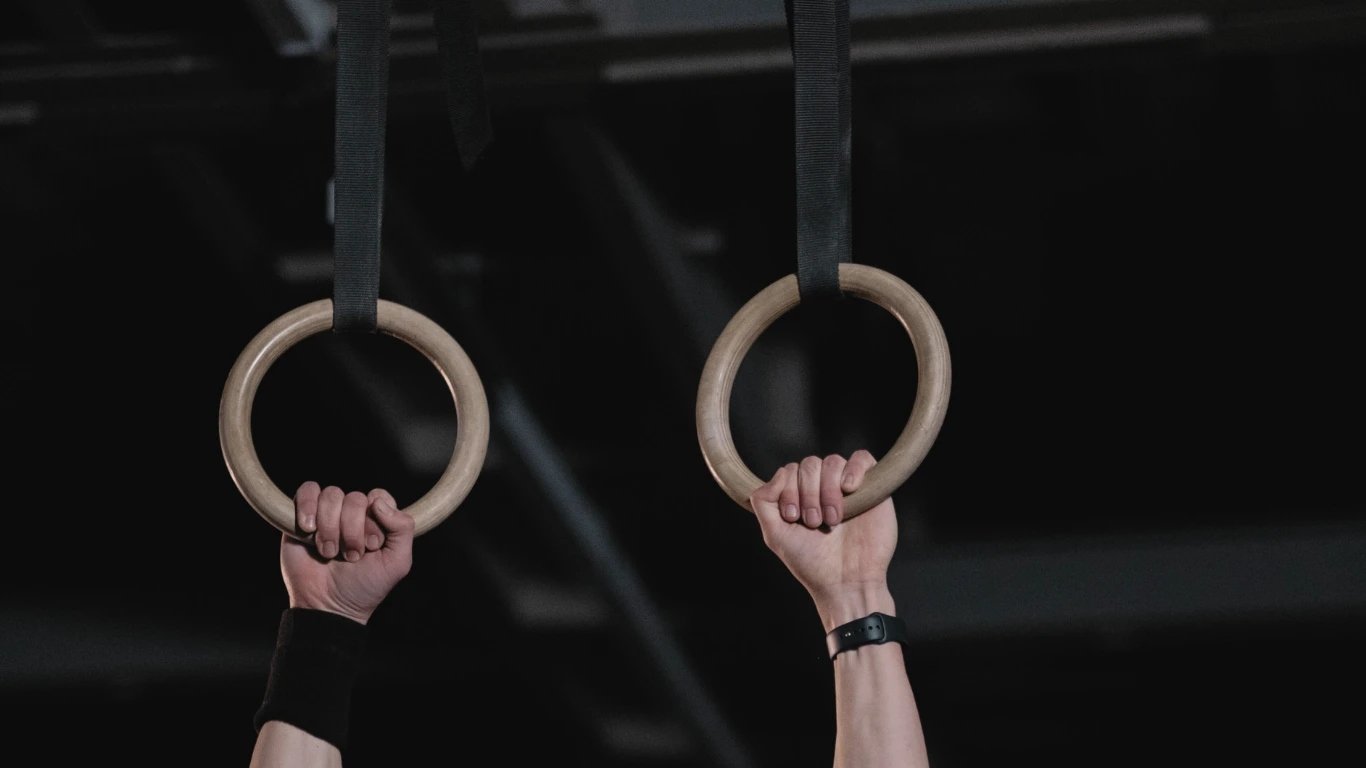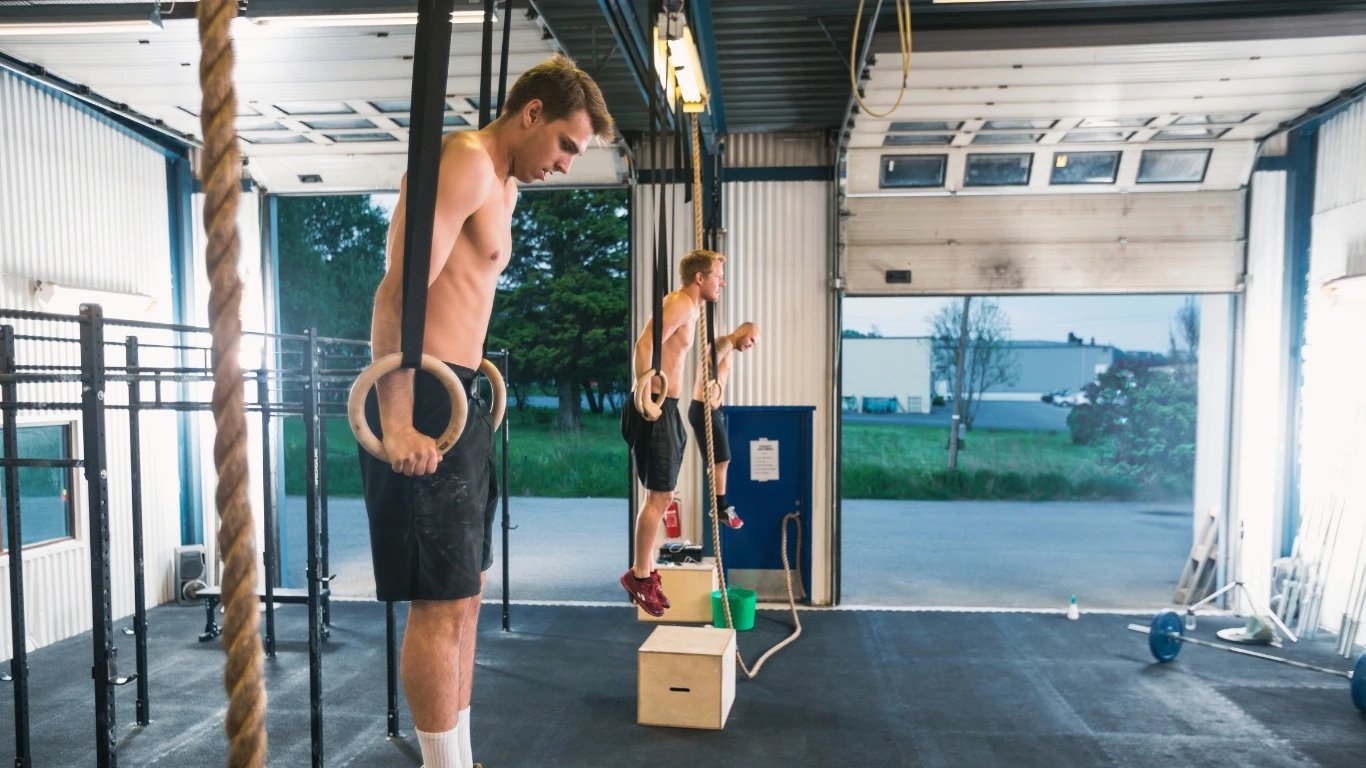I. Introduction
Ring training has emerged as a popular and effective fitness regimen, captivating the interest of enthusiasts worldwide. As its popularity soars, it's vital to recognize the significance of proper technique and safety in ring training exercises.
In this blog post, we aim to guide you through the essential dos and don'ts of ring training, ensuring your journey towards fitness is both effective and safe.
II. Dos of Ring Training
Proper Warm-up:
It's crucial to prepare your body adequately. Warming up is not just a ritual; it's a fundamental practice that prevents injuries and enhances performance. Engage in dynamic stretches like arm circles and leg swings, coupled with light cardio exercises such as jogging in place. This increases blood circulation, making your muscles more pliable and ready for the challenges ahead.
Correct Ring Height Adjustment:
Understanding how to adjust the ring height is akin to setting the foundation for a safe workout. Adjust the rings according to your fitness level and the specific exercise you plan to perform.
Beginners should start at a higher position to master basic moves, ensuring safety and building confidence. As you progress, gradually lower the rings, allowing for a more challenging workout experience.
Focus on Form and Technique:
The essence of ring training lies in proper form and technique. Maintaining correct posture not only maximizes effectiveness but also prevents injuries.
For instance, during ring dips, keep your chest up, shoulders down, and elbows at a 90-degree angle. Providing step-by-step instructions for common ring exercises, we emphasize key points of proper form to ensure your workouts are not just rigorous but also safe.
Gradual Progression:
Patience and consistency are the cornerstones of successful ring training. Start with basic exercises, mastering them before moving on to advanced movements. Rushing through progressions may lead to improper technique and injuries.
Celebrate each milestone and gradually increase repetitions or modify exercises to challenge yourself without risking injury. Remember, Rome wasn't built in a day, and your fitness journey is a marathon, not a sprint.
Use Support and Spotter:
Especially for beginners, having a spotter or using supports like resistance bands is invaluable. A spotter ensures safety, offering assistance when needed, and motivates you to push your limits.
Resistance bands can aid in mastering challenging movements, providing the necessary support until you build the strength for unassisted exercises. Embrace the support; it's a stepping stone toward your fitness goals.
III. Don'ts of Ring Training

Avoid Overestimating Abilities:
While ambition is admirable, overestimating your abilities can lead to setbacks. Avoid attempting advanced ring exercises without mastering the basics. Understand your limits, listen to your body, and progress at a pace that ensures proper form and safety. Rome wasn't built in a day, and neither should your ring training skills.
Avoid Rushing Progression:
Rushing through progressions is a common mistake in fitness journeys. Skipping levels might seem tempting, but it can lead to improper technique and, ultimately, injuries.
Each level is designed to prepare you for the next, ensuring a strong foundation. Embrace each stage, and you'll find your progress is not just steady but also sustainable.
Avoid Neglecting Recovery:
In the pursuit of fitness goals, recovery is often overlooked. Your body needs time to recuperate after intense ring training sessions.
Stretching, hydration, and sufficient rest are your allies in preventing overuse injuries and fatigue. Incorporate recovery days into your routine, allowing your muscles to repair and strengthen, ensuring you're ready for the challenges ahead.
Avoid Poor Nutrition and Hydration:
Fueling your body with the right nutrients is as important as the workout itself. Ring training demands energy, and a balanced diet ensures your body has the fuel it needs to perform optimally.
Adequate hydration is equally vital, aiding in muscle recovery and overall performance. Prioritize pre and post-workout nutrition to support your body's needs and enhance your ring training experience.
Avoid Ignoring Safety Measures:
Never compromise on safety. Before every training session, check the integrity of the rings and their suspension system. Ensure they are secure and stable. Utilize appropriate chalk to improve grip and wear grip-enhancing gloves for added safety.
Additionally, secure the area around the rings, removing any obstacles to prevent accidents. Safety measures are your shield in the realm of ring training; don't venture without it.
IV. Tips for Progression and Injury Prevention
As you progress in your ring training journey, it's essential to recognize your body's signals. Listen to the subtle cues it provides. If you feel fatigued or overexerted, adjust your workout intensity. Incorporate flexibility and mobility exercises into your routine, preventing muscle imbalances and enhancing overall performance.
Regular flexibility training not only improves range of motion but also prepares your body for advanced ring movements.
V. Additional Tips for Mastering Ring Training

-
Mental Focus and Mind-Body Connection: Developing a strong mind-body connection enhances balance and stability. Encourage mindfulness techniques such as deep breathing and visualization to enhance concentration during exercises.
-
Incorporate Variation in Workouts: Keep workouts exciting and challenging by incorporating variations in exercises. Introduce different grips, hand positions, and angles to target various muscle groups. Changing routines not only prevents plateau but also keeps motivation high.
-
Consult a Fitness Professional: A professional can provide personalized guidance, correct form, and create tailored workout plans, ensuring optimal results and minimizing the risk of injuries.
-
Document Your Progress: Documenting progress, including achievements, challenges, and feelings during workouts, provides valuable insights. It helps in tracking improvements and adjusting routines accordingly, fostering a sense of accomplishment.
-
Join a Community or Class: Exercising with like-minded individuals provides motivation, support, and a sense of camaraderie. It also opens opportunities for learning new techniques and sharing experiences.

